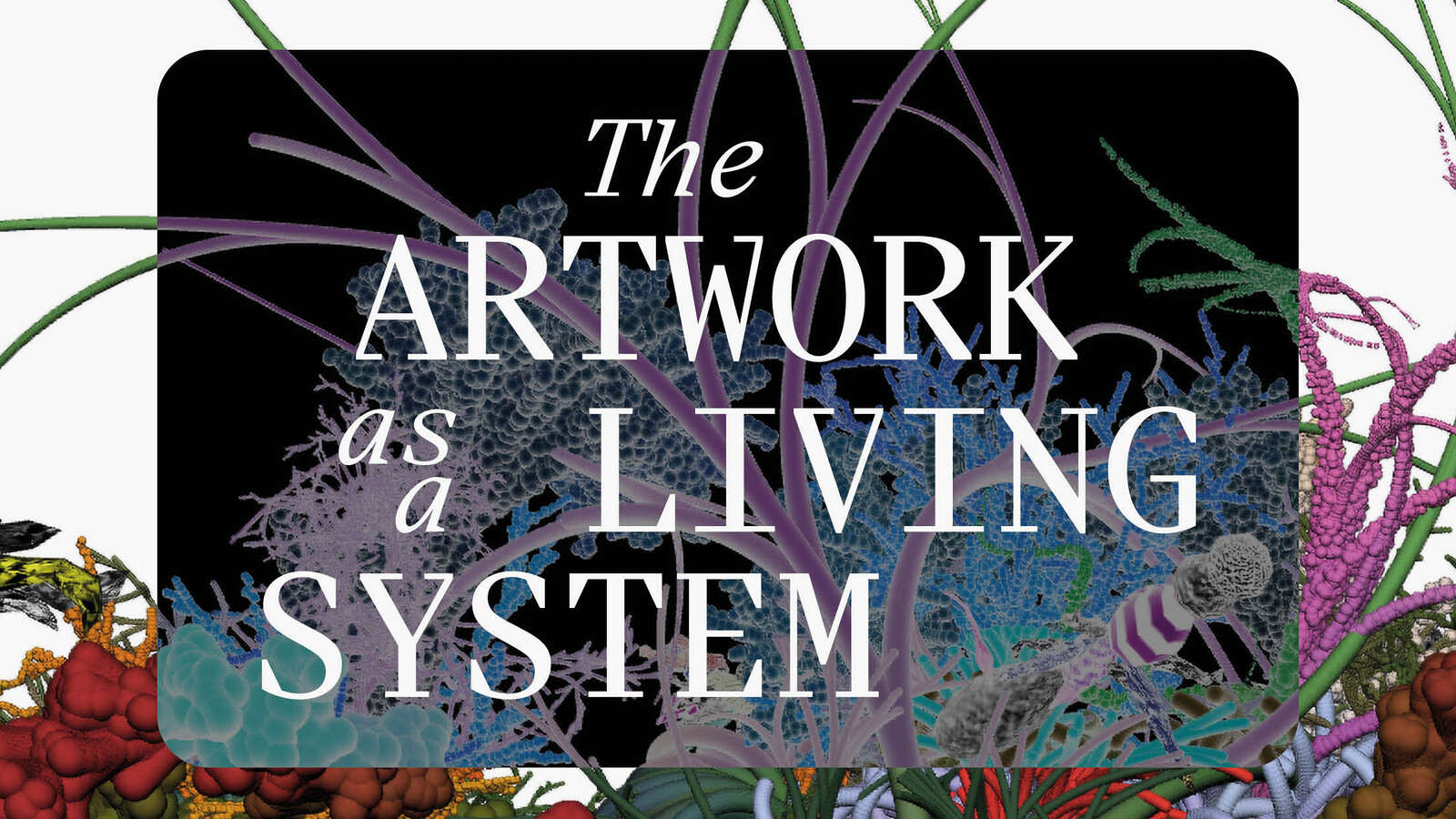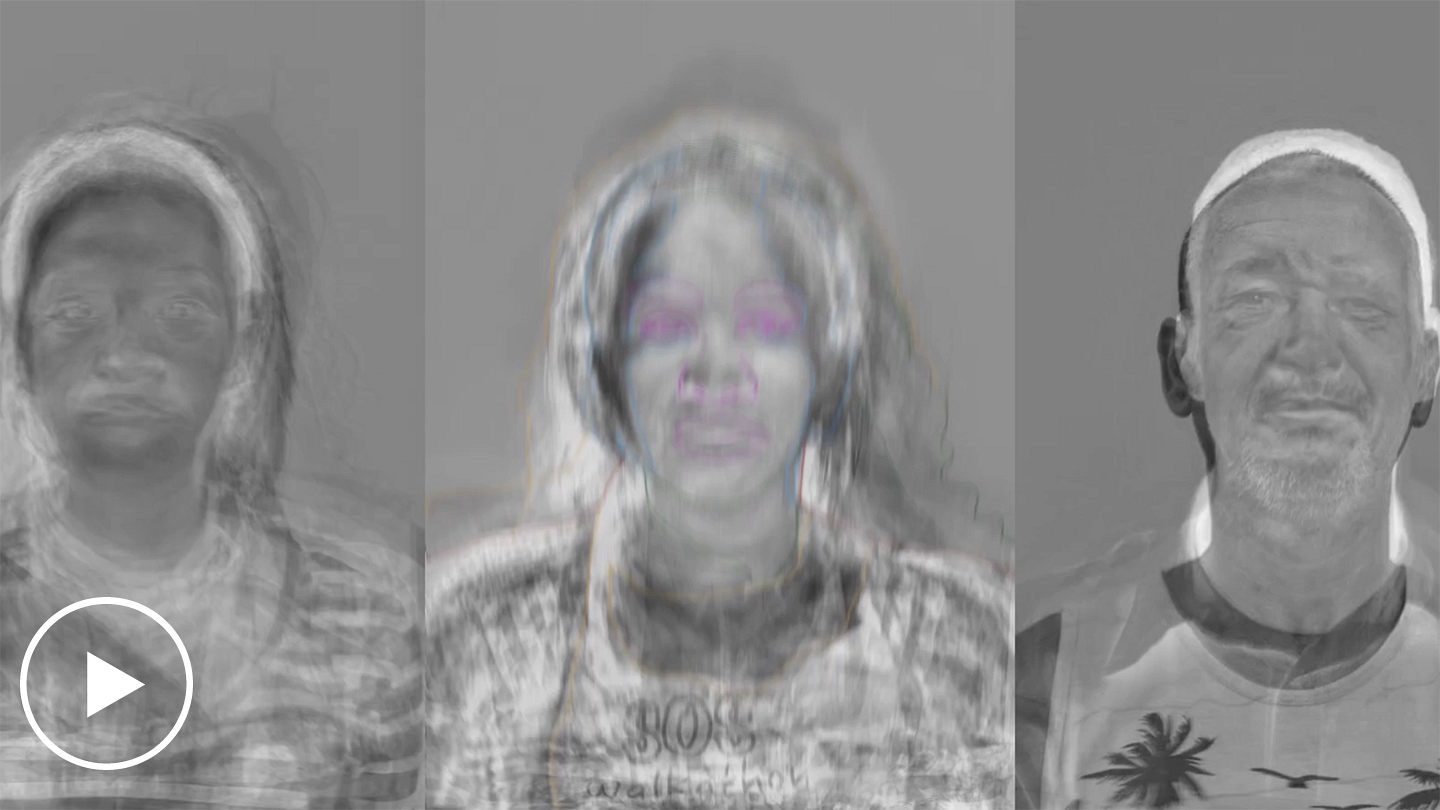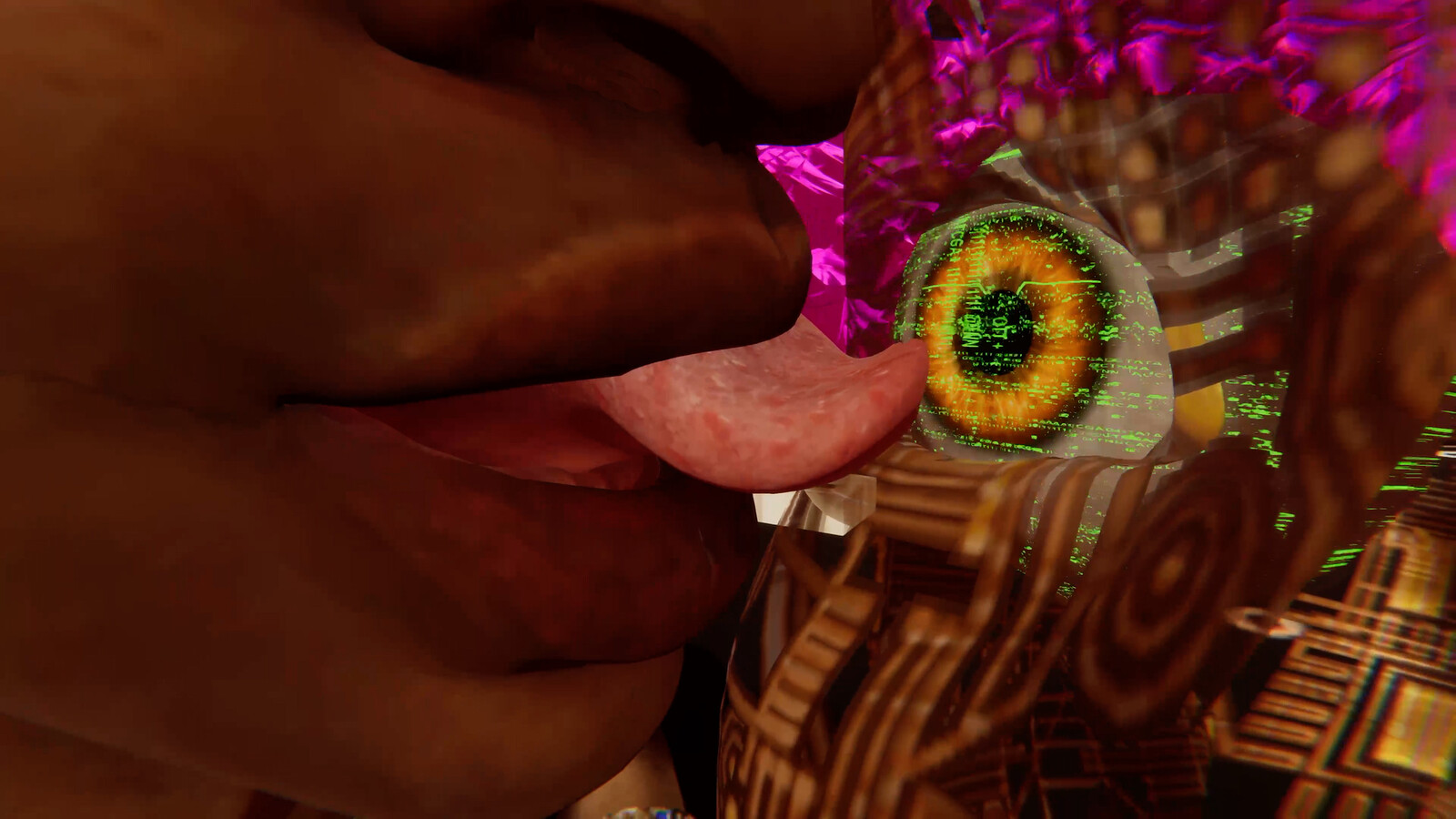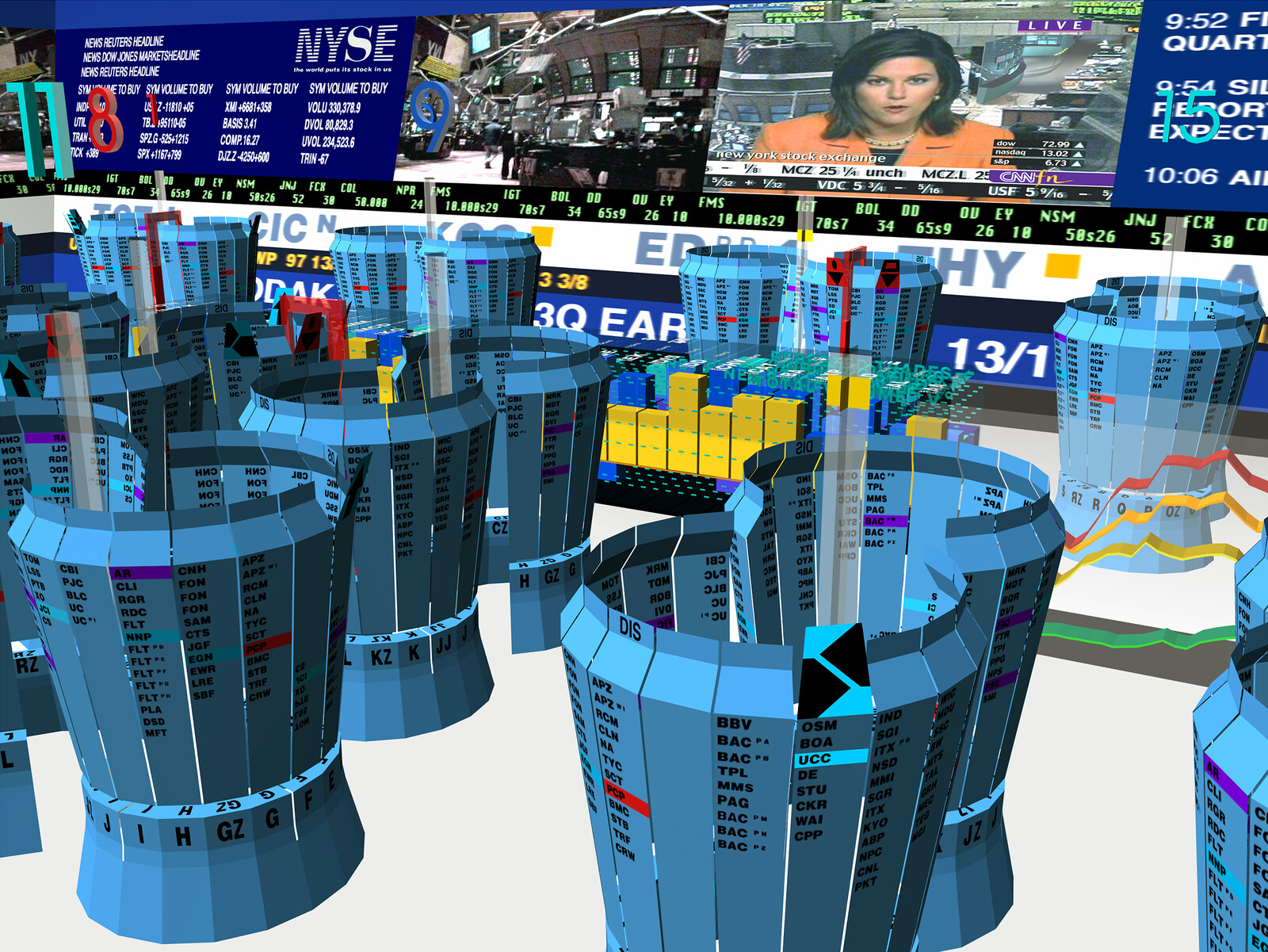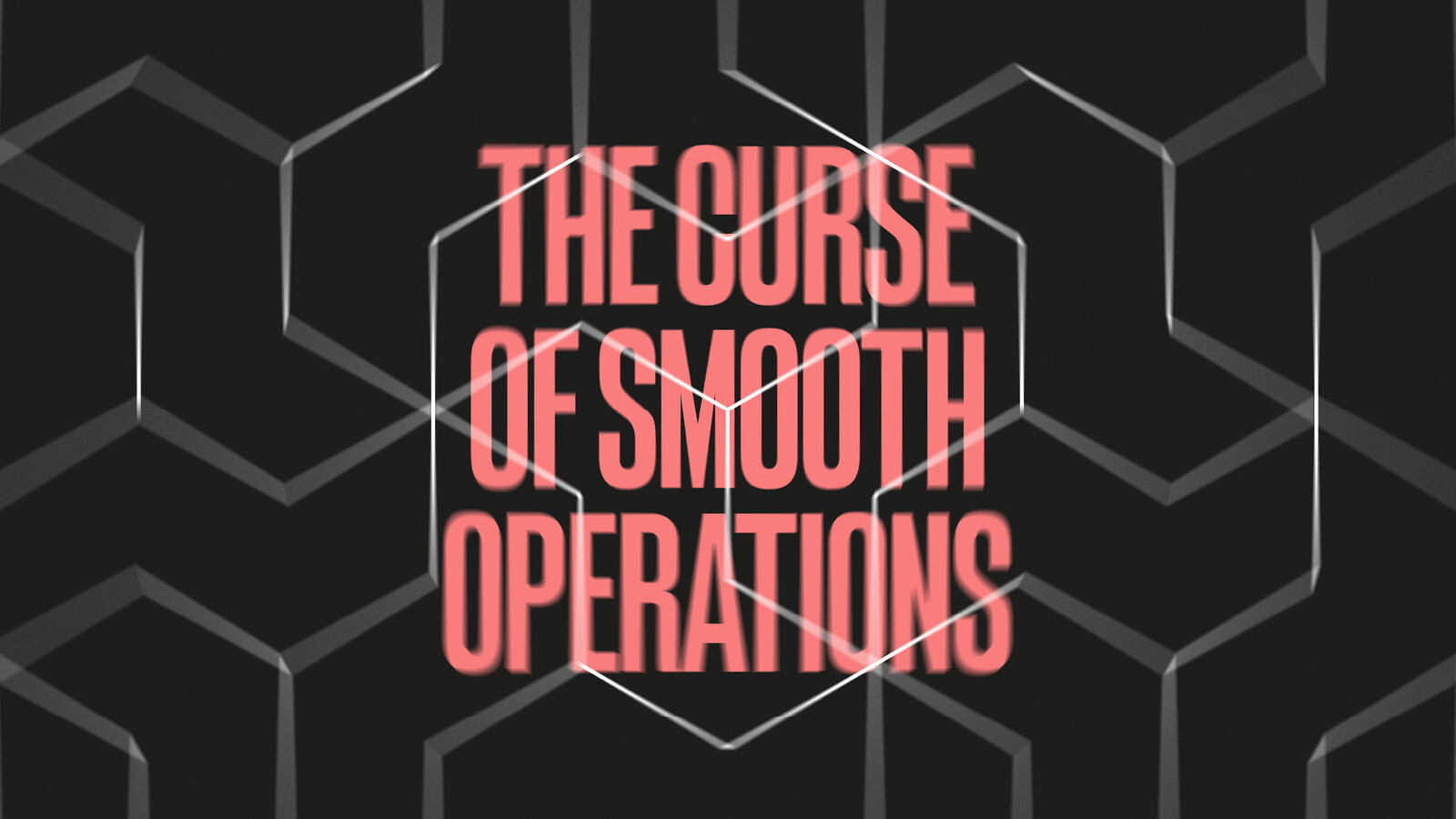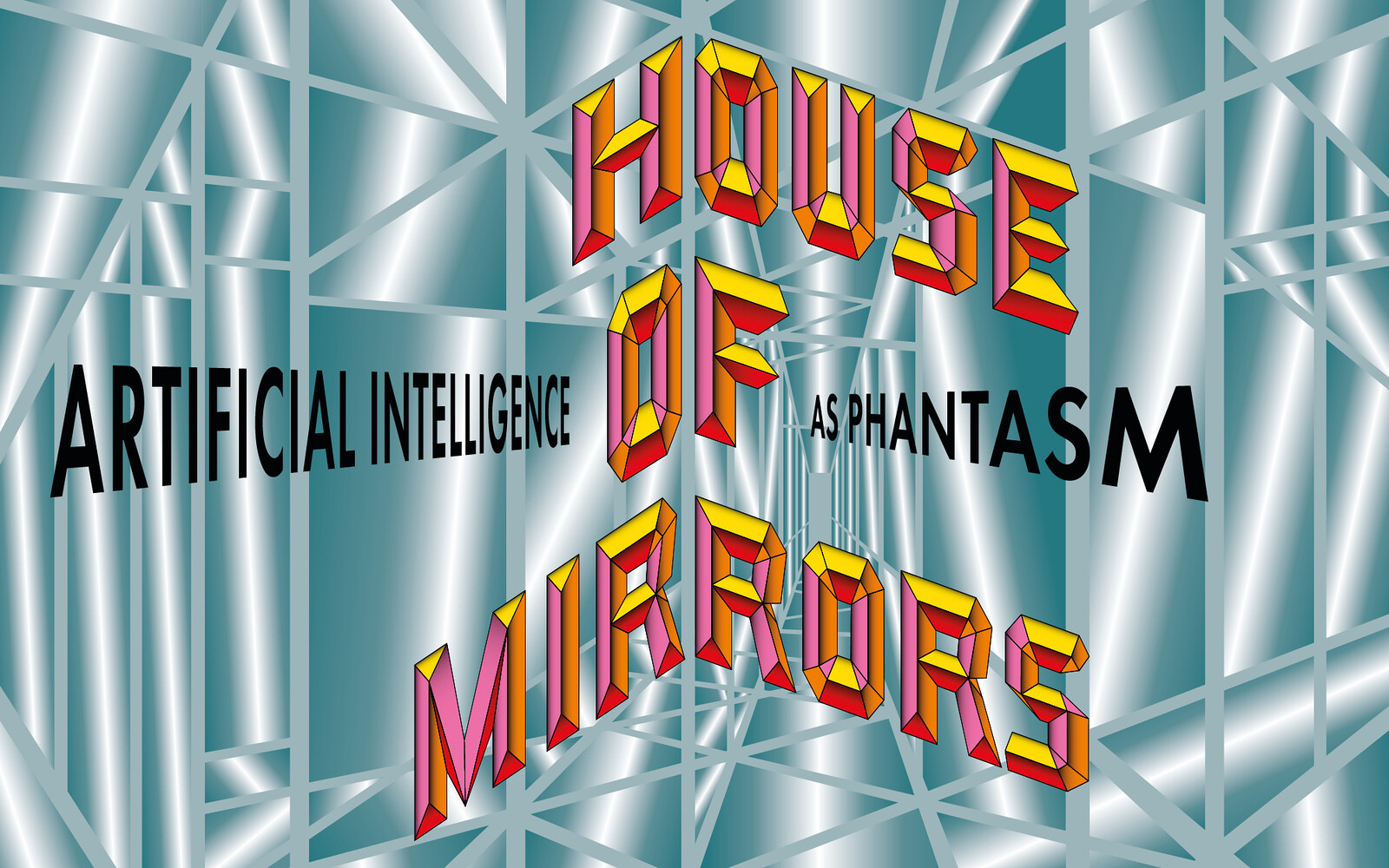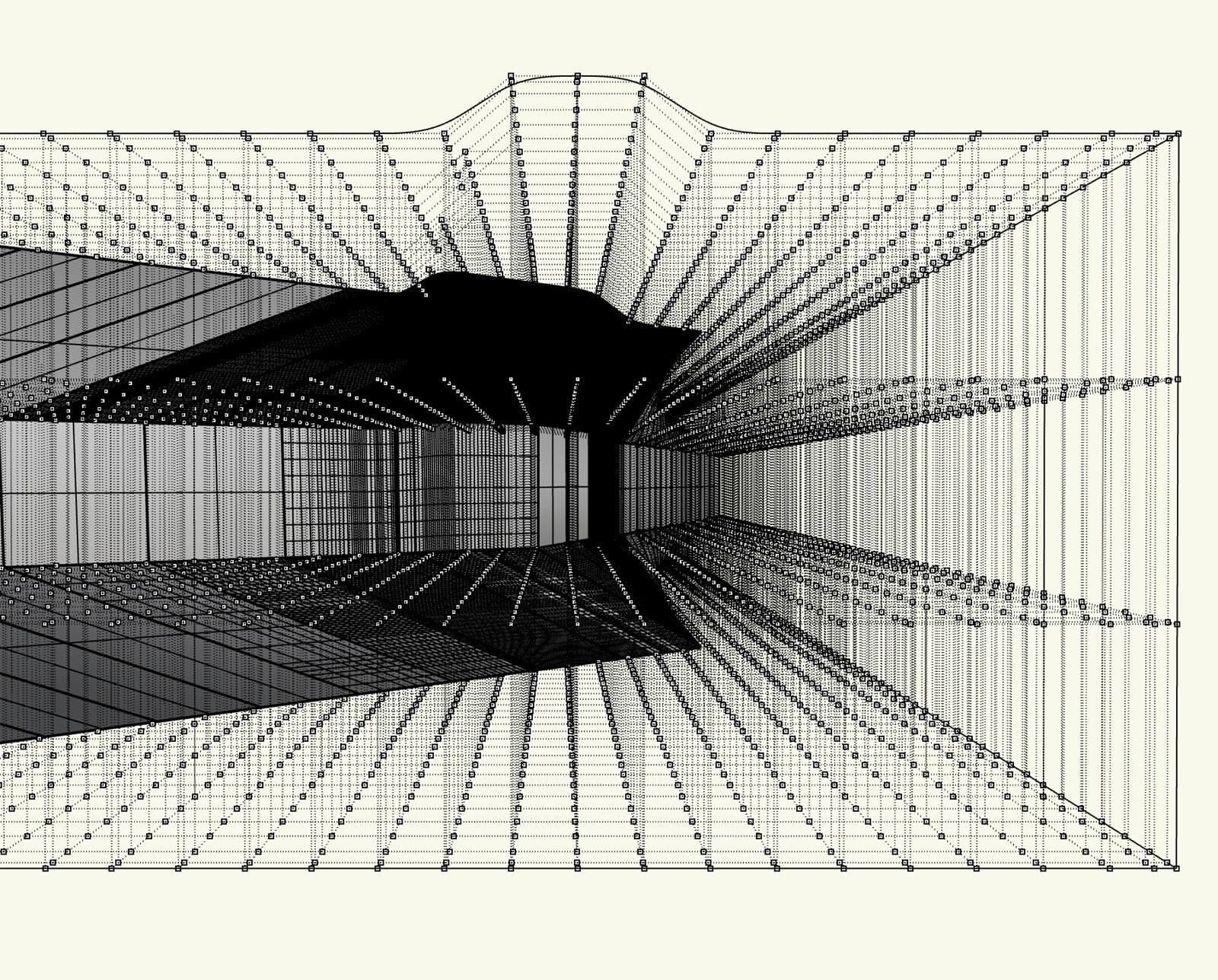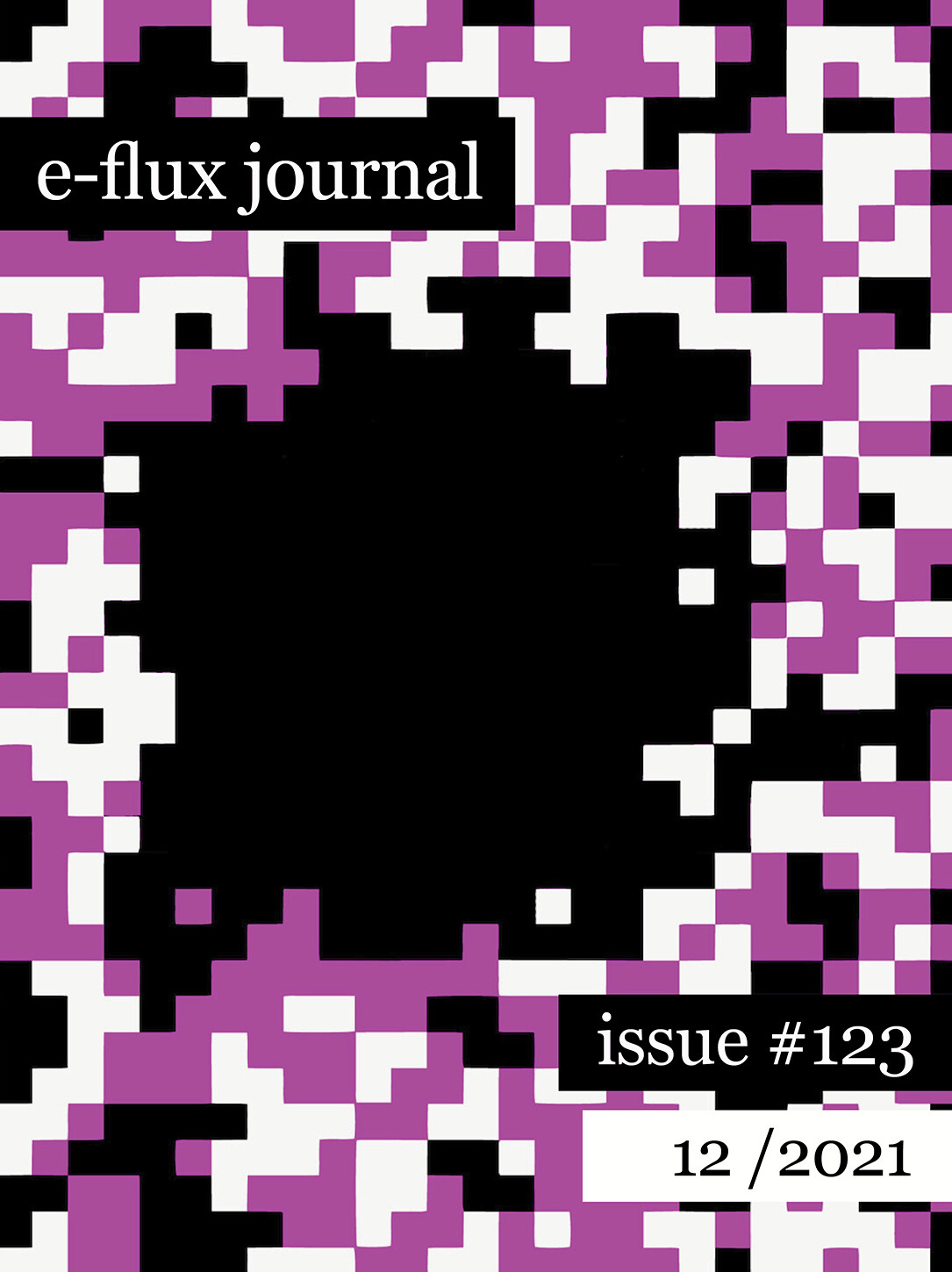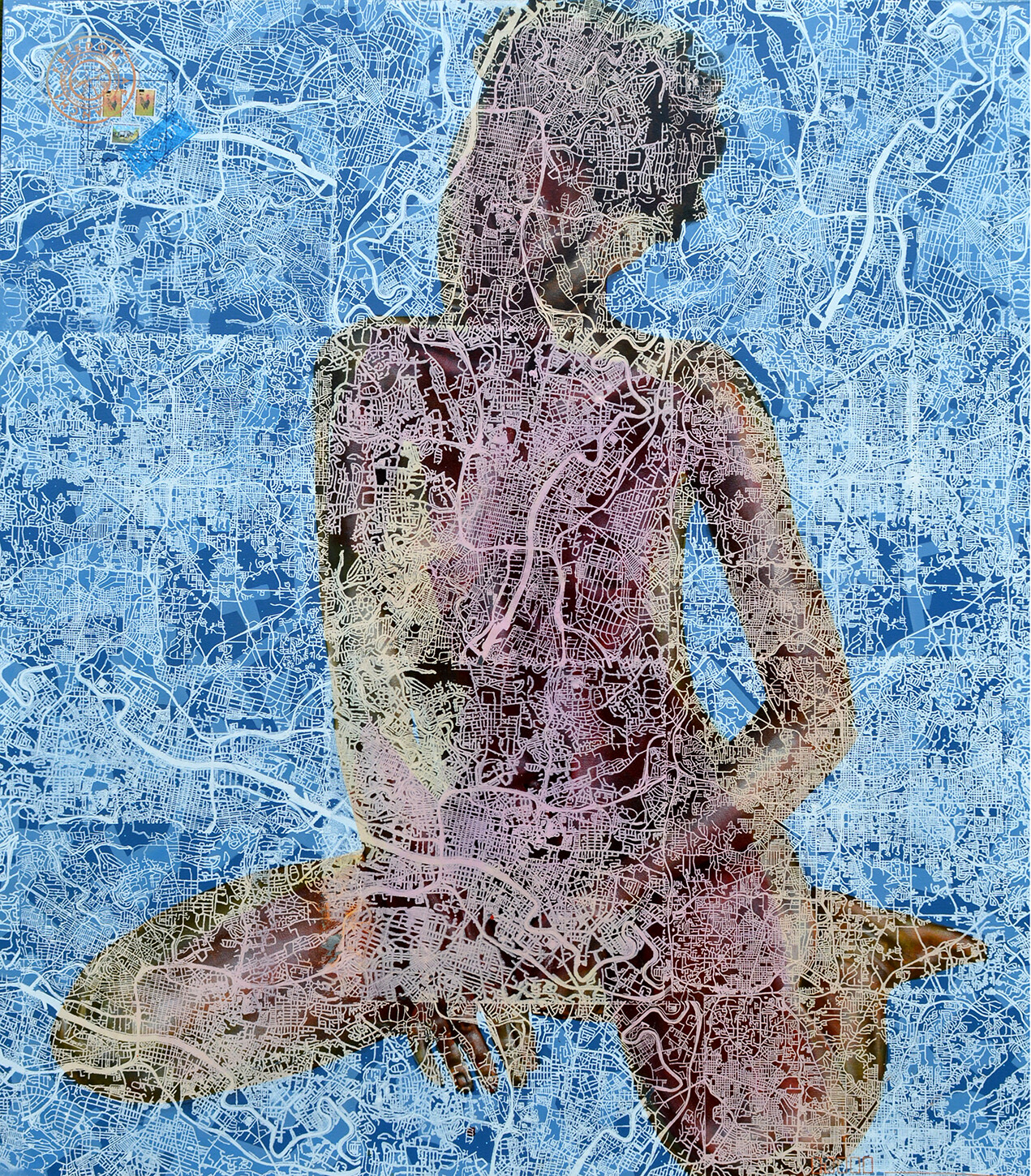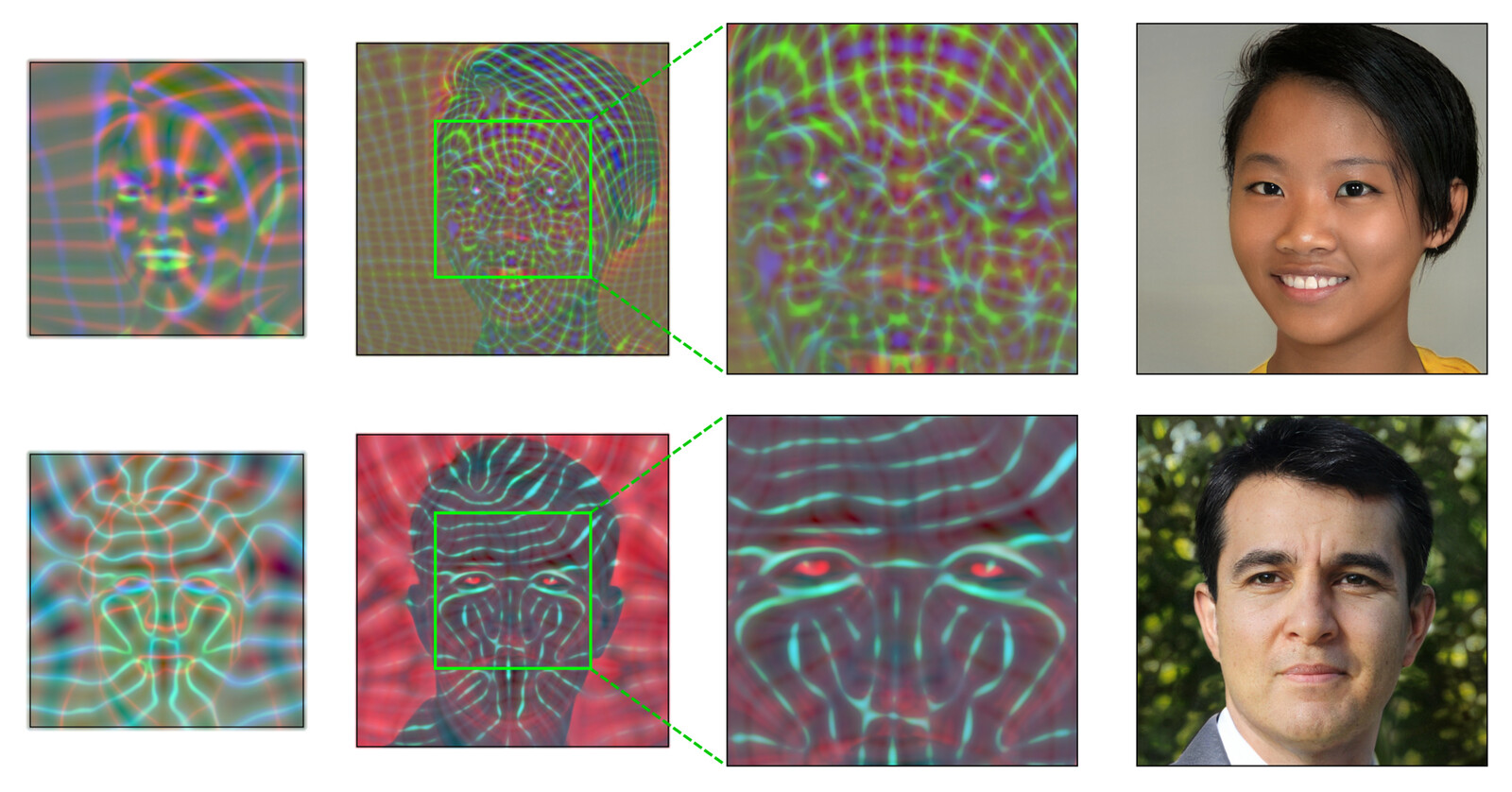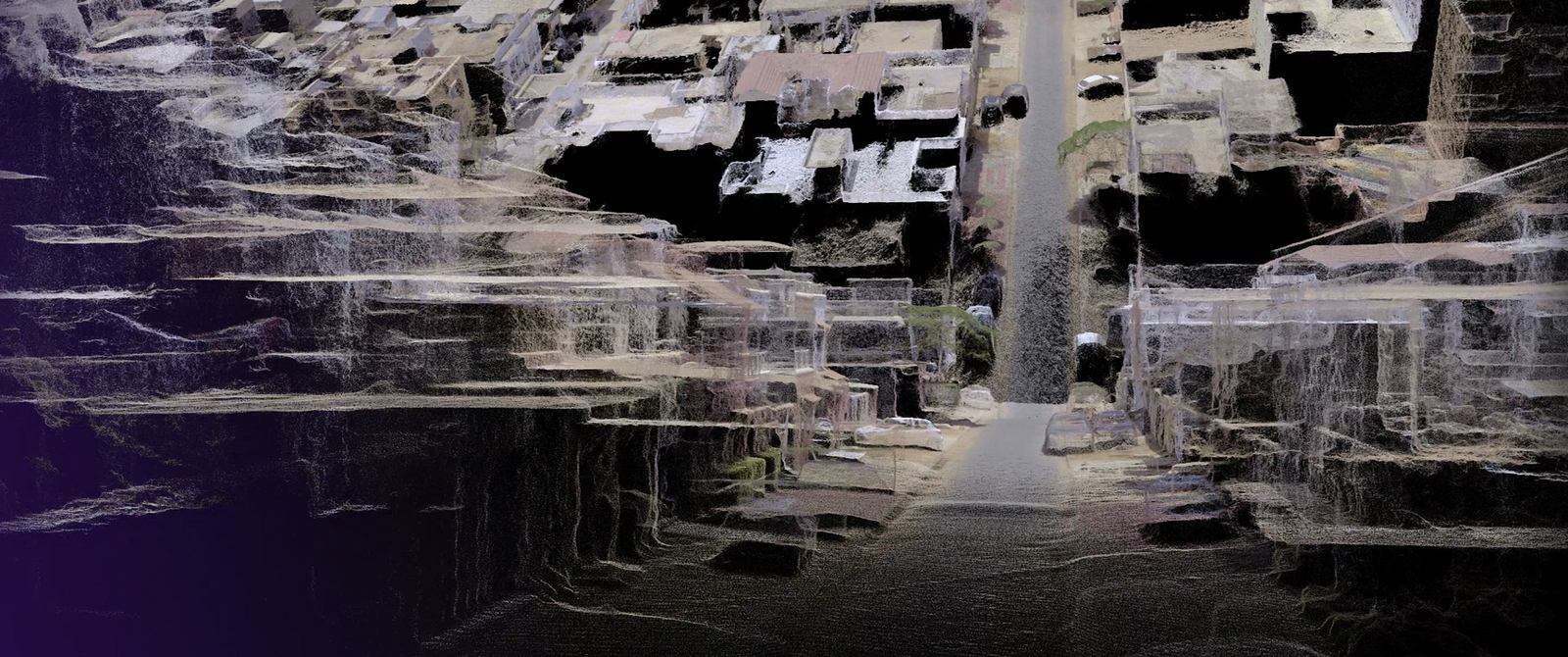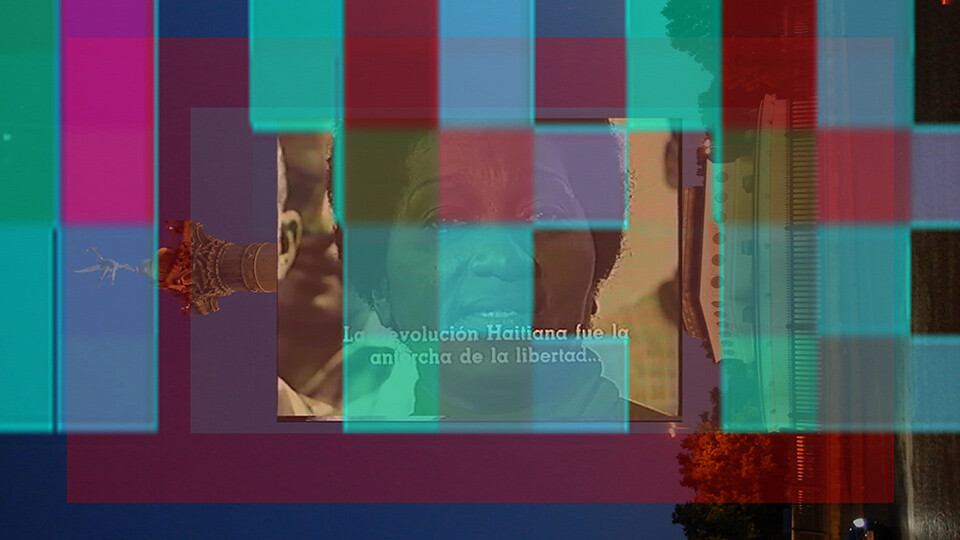Automaton and Chaos is the first volume to collect Franco ‘Bifo’ Berardi’s extensive collaboration with e-flux, which has become one of his primary English language outlets since 2010.
In the late 1980s a former classical flute student, Andy Hildebrand, changes his career path and moves on to study advanced digital signal processing. Having become a specialist in stochastic estimation theory (and by now a doctor), Hildebrand starts working for Exxon, one of the world’s largest oil and gas companies. There he develops a very idiosyncratic solution to the one simple question that the corporation asks him—where is the oil?
Issue 123 of e-flux journal is guest-edited by the Critical Computation Bureau (CCB), a collective of researchers and writers working between technology and culture, computer science and information theory, aesthetics and politics. The members—Luciana Parisi, Ezekiel Dixon-Román, Tiziana Terranova, Oana Pârvan, and Brian D’Aquino—are situated in the US, the UK, and Southern Italy, and engage with networks spanning several continents to intervene in the techno-politics of racial capitalism and its recursive regeneration.
When playing in the context delineated by the thesis introduced by recursive colonialism, black feminist poethical tools and procedures seem to support what the latter both diagnoses and proposes, which is the uprooting of the infrastructure of global capital. It is again a moment that includes (a) a strike from above, which is creative rather than destructive, and which unleashes (b) a downward blow—an implosion perhaps—that shifts attention to the foundations. It is as if looking at global capital from down to up reveals precisely that which is not visible from its windows because it is what sustains the walls onto which they have been carved.
Today, how should we consider that this colonial appeal to reason has left a parting gift, namely the frantic double exposure of the racial image? On the one hand, the current human-to-human relation is still largely saturated by images of a world constructed through epistemic whiteness. On the other hand, the technological object, in its ignorance, has been largely programmed to overwrite the complex dynamics of historical race relations, and has instead been designed to infer logical conclusions from a racist human history, as if this data is anything other than an ensemble of racial processes dragged through time on the instruction of the white imaginary. If a harmony is to be achieved, then the structures of these processes, as well as the resultant double images, must be brought into an authentic awareness.
Black Code/Code Noir
It’s in the Game ’17



